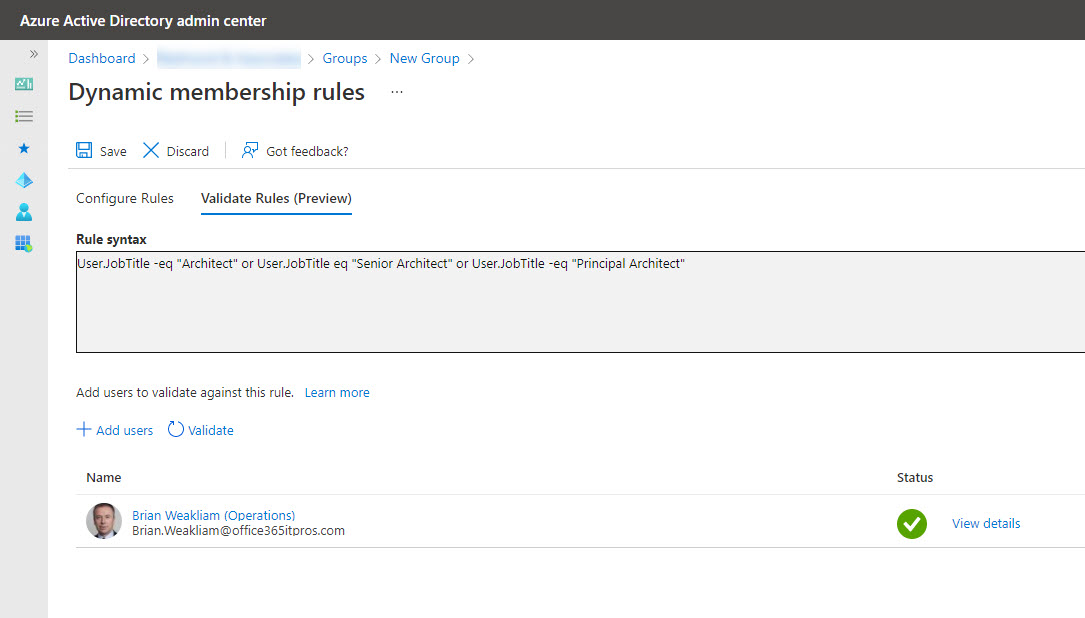Several methods exist to add new user accounts to groups automatically. Dynamic group membership is an obvious option, but other choices exist, including org-wide teams (if your organization is under 10,000 accounts) and using PowerShell to manage the automatic addition of new members to a standard distribution list or Microsoft 365 group. This article examines the various methods. Once you understand what’s possible, you can make the right choice.
It seems like it should be possible to transfer a membership rule from an Exchange dynamic distribution list to a dynamic Microsoft 365 group/team, but it’s not. Different directories, schemas, properties. and syntax conspire to stop easy conversion. It’s a pity, but that’s the way life and technology sometimes go…
This article explains how to create a new Microsoft 365 group and team using the membership and properties of an Exchange Online dynamic distribution list. The process is reasonably straightforward, but as always with PowerShell, there are some interesting turns and twists that must be navigated en route.
Office 365 Message Encryption protection is not available for messages sent to dynamic distribution groups. It’s all to do with rights management licensing. However, if you need to protect messages sent to dynamic distribution groups, for instance to make sure that confidential messages are inaccessible to external recipients use a sensitivity label instead and assign the special tenant-wide permission to recipients.
Microsoft is changing the way the Exchange Online transport service resolves the membership of dynamic distribution groups. Instead of doing this when someone sends a message to a dynamic group, Exchange resolves the membership once daily and whenever the recipient filter changes. It’s a reasonable approach designed to make messages move faster and more reliably, and it’s similar to the way that Azure AD dynamic groups maintain their memberships, so it shouldn’t make much difference.
Exchange dynamic distribution lists allow messages to be sent to sets of recipients determined by a query against the directory. A custom filter is a powerful way to find the right set of recipients. In this case, we want to find mailboxes with certain job titles whose Azure AD accounts are not blocked for sign-in. Here’s how to create the filter, make sure it works, and create the DDL.
Exchange Online Dynamic Distribution Lists are a powerful way to address changeable groups of recipients. The query against the directory is the big thing to get right, but you’ve also got to make sure that the directory data is accurate and reliable. Once you’ve got a good directory, it’s easy to create dynamic distribution lists which are easy to use and never go out of date.
Exchange Online supports dynamic distribution lists, a great way to address sets of recipients found by resolving a filter against the directory. In this example, we explore how to create a dynamic distribution list to address mailboxes marked as preferring a specific beverage. It might even be useful some day!







